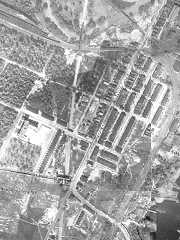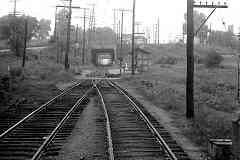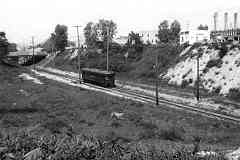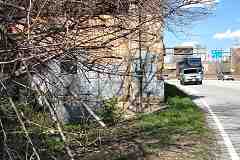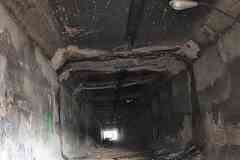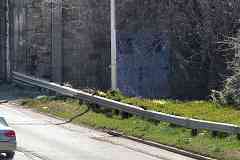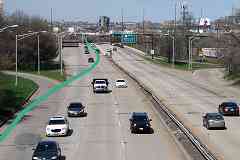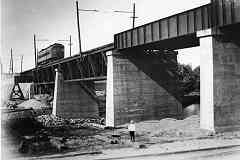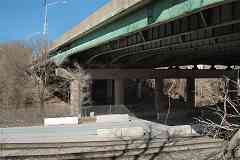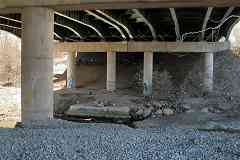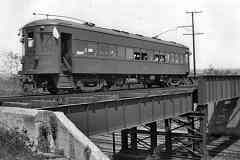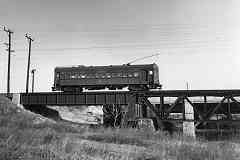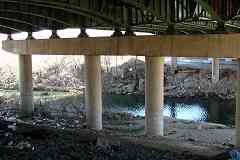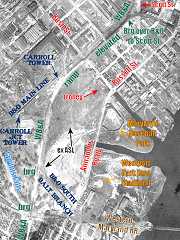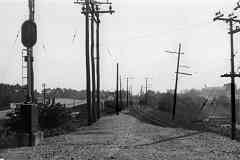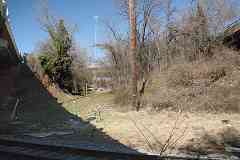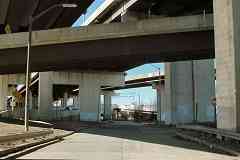|
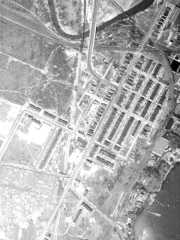
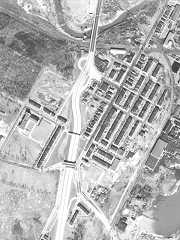
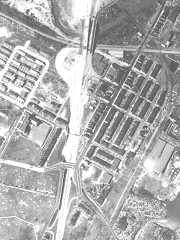
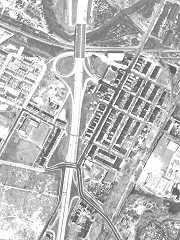
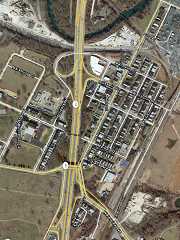
Westport, along a convenient transportation corridor south of Baltimore, has
long presented a travel bottleneck. From left to right the aerials date to
1938, 1952, 1964, 1972, and 2017.
During 1907, the Annapolis Short Line (WB&A's predecessor) made the first cut
through Westport's hill; it is the only north-south route visible in the 1927
aerial. Russell Street had sidled up alongside at Gwynns Falls by 1938. Come
1952, WB&A's bridges were gone, while a weaving B-W Parkway connected to
Russell Street. The Parkway was busy getting its own bridge across
the Falls during 1964.
The 1972 configuration remains much the same in 2018 but that may change
as the 21st century progresses. Looking to squeeze their way through here
are 1) express lanes of a widened B-W Parkway, 2) a Maglev train,
and 3) Elon Musk's Hyperloop.
|
